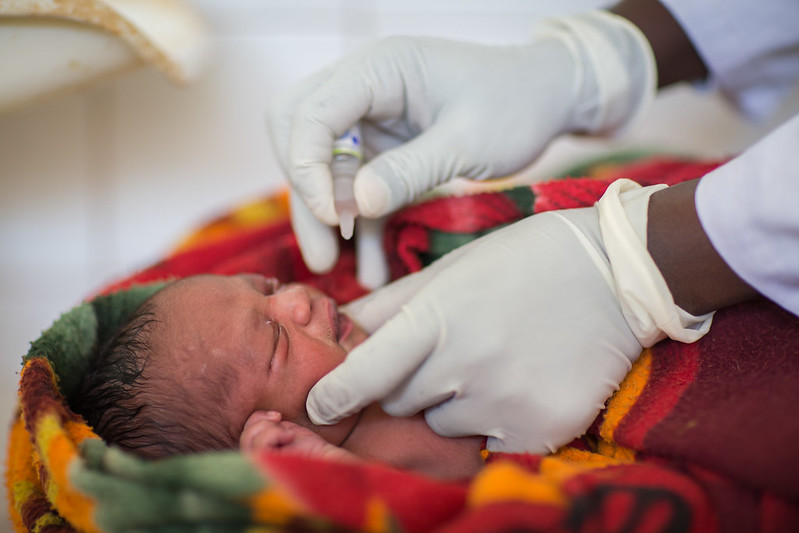Lung ultrasounds (LUS) can help clinicians quickly and accurately decide if a COVID-19 patient needs respiratory help, according to findings of a new international study reported in The Journal of Infectious Diseases.
The study took place from June 2020 to June 2023 at two major US military hospitals, a homeless shelter, emergency room, and in a referral hospital in rural Uganda. COVID-19 patients were given a 12-zone LUS at the time of enrollment as a point-of-care tool.
LUS, the authors found, was a useful way to assess the top predictors of worsening disease, measured as cross-validated area under the curve (cvAUC). The top predictor was B-lines (cvAUC, 0.88; 95% confidence interval [CI], 0.87 to 0.90), discrete B-lines (0.87; 95% CI, 0.85 to 0.88), oxygen saturation (0.82; 95% CI, 0.81 to 0.84), and A-lines (0.80; 95% CI, 0.78 to 0.81).
Our results demonstrate that among individuals with COVID-19, point-of-care ultrasound is useful for triage decisions across a broad array of clinical settings
"Despite differences in patient populations, ultrasound clinical settings, and COVID era, B-lines in 25 to 50% of lung fields was consistently sensitive for identifying those at risk of progression and confluent B-lines in ≥25% of lung fields were specific," the authors wrote. "Our results demonstrate that among individuals with COVID-19, point-of-care ultrasound is useful for triage decisions across a broad array of clinical settings."















